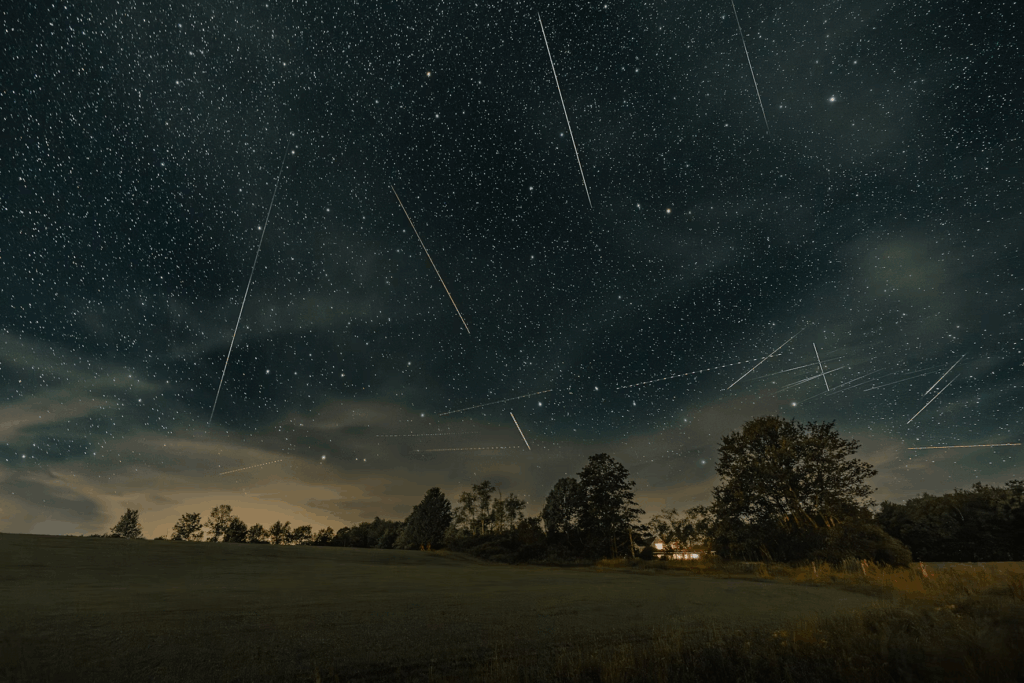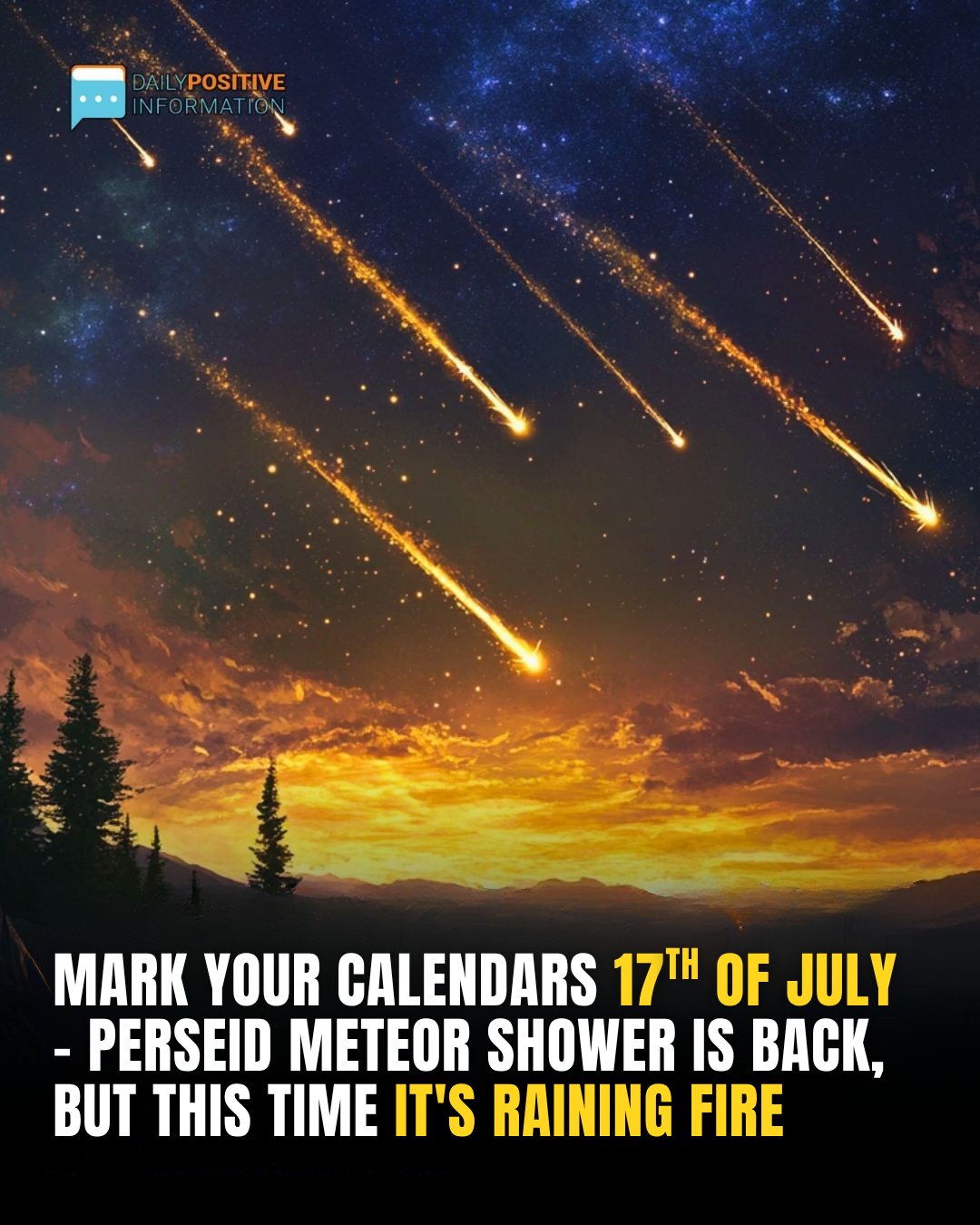One of the most well-known and frequently seen meteor showers in the Northern Hemisphere is the yearly Perseid meteor outburst. However, it’s important to arrive early this year if you want to see the spectacle.
This year, the Perseids will peak on August 12 and 13 and be active from Thursday, July 17, through Saturday, August 23. This year’s event will be disappointing, though, because only the brightest shooting stars will be visible due to the near-full moon.
At the height of a significant meteor shower, it is usually advised to go to an area with minimal light pollution, such as a dark sky location or an area that appears dark on a light pollution map. However, just as the Perseids’ peak is beginning, the light from the full Sturgeon Moon in August will bleach the night sky on Saturday, August 9. A waning gibbous moon will rise a few hours before midnight on the night of the peak, be 84% illuminated, and shine strongly throughout the night. Its light will effectively poison the night sky, negating the purpose of travelling to avoid urban light pollution.

This year, the ideal times to observe the Perseids are before and after the peak nights since the moon is planning to steal the show. There is a dark sky window from July 18 to July 28, when moonlight is at its lowest, even if the rate of shooting stars will be far lower. This is because only a faint crescent moon sets early until about July 28, a new moon occurs on July 24, and the half-lit last quarter moon on July 18 rises at midnight. Following that, there will be two weeks of beautiful moonlit evenings when the waxing crescent moon starts to obstruct shooting stars.
When it next reaches its final quarter phase on Aug. 16, the waning gibbous moon will start to move out of the way after the peak. Any clear nights that week should bring at least some views of the celestial light show, even if by then the rates of shooting stars will be declining.
Fast and dazzling meteors that travel at a speed of 37 miles per second (60 kilometres per second) are the hallmark of the Perseid meteor shower. They are the result of Comet 109P/Swift-Tuttle striking Earth’s atmosphere and leaving behind small particles in the solar system. They vaporise and heat up during this process, producing energy that is visible as light streaks in the night sky.
Even if 2025 will not be a flawless year, you will likely see one or two of the most well-known shooting stars of the year if you go stargazing when the moon is down, or even when it is up.




